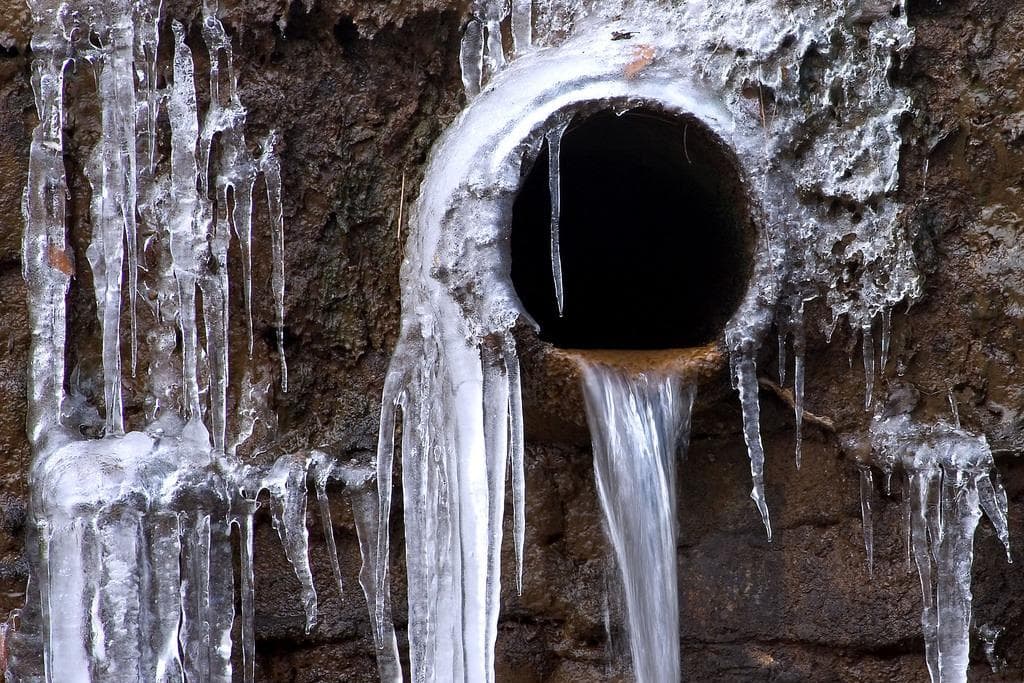Were you trying to locate help around 6 Ways to Prevent Frozen Pipes?

Cold weather can wreak havoc on your plumbing, especially by freezing pipes. Right here's just how to avoid it from taking place and what to do if it does.
Intro
As temperature levels decrease, the threat of icy pipelines boosts, possibly leading to costly repair work and water damage. Recognizing exactly how to avoid icy pipelines is essential for home owners in chilly environments.
Comprehending Frozen Pipelines
What causes pipes to freeze?
Pipes freeze when revealed to temperatures below 32 ° F (0 ° C) for extended periods. As water inside the pipelines freezes, it increases, taxing the pipe walls and possibly causing them to rupture.
Risks and damages
Icy pipes can lead to supply of water disturbances, residential or commercial property damage, and costly repair services. Ruptured pipelines can flooding homes and trigger substantial structural damage.
Indications of Frozen Pipes
Determining frozen pipelines early can avoid them from bursting.
Just how to recognize frozen pipes
Try to find reduced water circulation from faucets, uncommon smells or noises from pipes, and visible frost on exposed pipelines.
Avoidance Tips
Insulating susceptible pipes
Wrap pipelines in insulation sleeves or make use of warmth tape to secure them from freezing temperature levels. Focus on pipelines in unheated or external areas of the home.
Home heating techniques
Keep interior rooms appropriately warmed, specifically locations with pipes. Open up closet doors to permit cozy air to circulate around pipes under sinks.
Protecting Outside Plumbing
Garden tubes and outdoor taps
Disconnect and drain garden hose pipes before winter. Mount frost-proof faucets or cover outside faucets with protected caps.
What to Do If Your Pipes Freeze
Immediate activities to take
If you presume frozen pipelines, keep faucets available to soothe stress as the ice thaws. Make use of a hairdryer or towels taken in hot water to thaw pipes slowly.
Long-Term Solutions
Structural adjustments
Think about rerouting pipes away from exterior walls or unheated areas. Add additional insulation to attics, basements, and crawl spaces.
Upgrading insulation
Buy high-grade insulation for pipes, attic rooms, and wall surfaces. Correct insulation assists keep consistent temperatures and minimizes the danger of icy pipes.
Conclusion
Preventing icy pipelines calls for positive actions and fast feedbacks. By comprehending the reasons, indications, and safety nets, home owners can secure their plumbing during cold weather.
5 Ways to Prevent Frozen Pipes
Drain Outdoor Faucets and Disconnect Hoses
First, close the shut-off valve that controls the flow of water in the pipe to your outdoor faucet. Then, head outside to disconnect and drain your hose and open the outdoor faucet to allow the water to completely drain out of the line. Turn off the faucet when done. Finally, head back to the shut-off valve and drain the remaining water inside the pipe into a bucket or container. Additionally, if you have a home irrigation system, you should consider hiring an expert to clear the system of water each year.
Insulate Pipes
One of the best and most cost-effective methods for preventing frozen water pipes is to wrap your pipes with insulation. This is especially important for areas in your home that aren’t exposed to heat, such as an attic. We suggest using foam sleeves, which can typically be found at your local hardware store.
Keep Heat Running at 65
Your pipes are located inside your walls, and the temperature there is much colder than the rest of the house. To prevent your pipes from freezing, The Insurance Information Institute suggests that you keep your home heated to at least 65 degrees, even when traveling. You may want to invest in smart devices that can keep an eye on the temperature in your home while you’re away.
Leave Water Dripping
Moving water — even a small trickle — can prevent ice from forming inside your pipes. When freezing temps are imminent, start a drip of water from all faucets that serve exposed pipes. Leaving a few faucets running will also help relieve pressure inside the pipes and help prevent a rupture if the water inside freezes.
Open Cupboard Doors
Warm your kitchen and bathroom pipes by opening cupboards and vanities. You should also leave your interior doors ajar to help warm air circulate evenly throughout your home.

As a devoted reader about Preventing and dealing with frozen pipes, I assumed sharing that excerpt was really useful. Make sure you take the time to promote this article if you enjoyed reading it. Thanks a lot for your time spent reading it.
Appointment
Comments on “Protecting Against Frozen Plumbing: Best Tips for Winter”